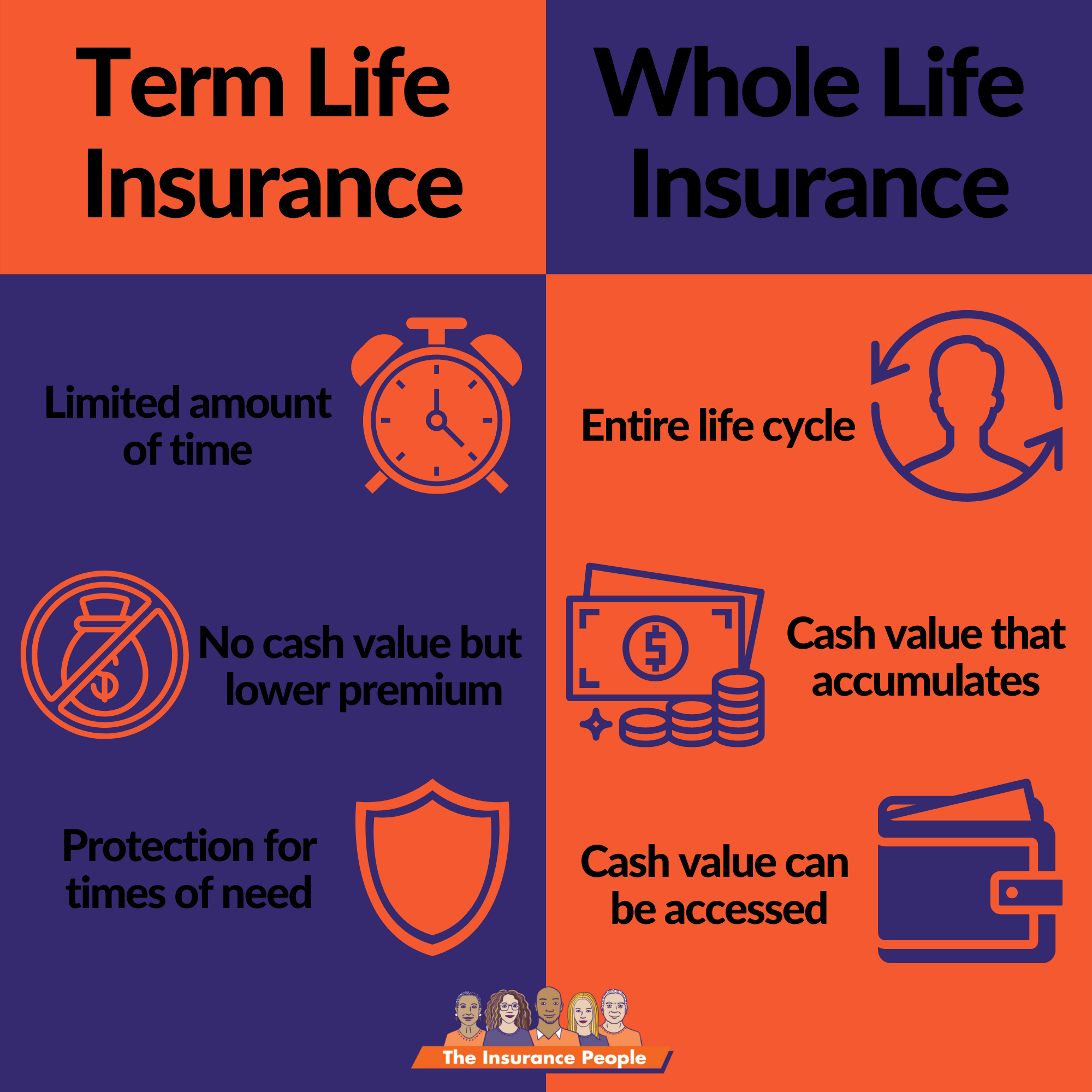Bydly Insights
Explore the latest news, trends, and insights across various topics.
Whole Life Insurance: Your Financial Safety Net in Disguise
Discover how whole life insurance can be your hidden financial safety net. Unlock peace of mind and secure your future today!
Understanding Whole Life Insurance: Key Benefits You Need to Know
Whole life insurance is a type of permanent life insurance that provides coverage for the policyholder's entire life, as long as premiums are paid. One of the key benefits of this insurance is its cash value accumulation, which grows at a guaranteed rate over time. This means that alongside providing essential financial protection for your beneficiaries, whole life insurance can also serve as a valuable asset that can be borrowed against or surrendered for cash. Additionally, the premiums remain level throughout the policyholder's lifetime, making it a predictable and stable financial planning tool.
Another significant advantage of whole life insurance is the peace of mind it offers. In contrast to term life insurance, which only provides coverage for a specified period, whole life insurance guarantees a death benefit to your loved ones no matter when you pass away. This ensures that your family has the financial support they need during a challenging time. Furthermore, the policy's dividend payments, which are not guaranteed but can be issued by mutual insurance companies, can further enhance the value of your policy, providing potential for increased cash value and coverage options.

Is Whole Life Insurance the Right Choice for Your Financial Future?
When considering your financial future, one of the most significant questions you might ask is, Is whole life insurance the right choice? Whole life insurance offers a unique combination of lifelong coverage and a cash value component that grows over time. This means that not only can you ensure your loved ones are financially protected in the event of your untimely passing, but you can also accumulate a cash reserve that can be borrowed against or withdrawn. However, it’s essential to weigh these benefits against the typically higher premiums compared to term life insurance.
Moreover, choosing whole life insurance requires a deep understanding of your long-term financial goals. Consider factors such as your current savings, potential future liabilities, and your family's needs. If you value certainty and the prospect of having a financial asset that can serve multiple purposes, whole life insurance can be a strategic choice. Conversely, if you prioritize lower initial costs and flexibility, exploring other options may be beneficial. Ultimately, consulting with a financial advisor can provide personalized insights to help you make the right decision for your specific situation.
Top Misconceptions About Whole Life Insurance Debunked
Whole life insurance is often shrouded in misconceptions that can lead to confusion for potential policyholders. One common myth is that whole life insurance only benefits the insurer. In reality, whole life insurance provides a substantial death benefit to beneficiaries while also accumulating cash value over time. This dual benefit means that policyholders can borrow against their policy or even cash out if needed, offering financial flexibility and serving as a long-term investment.
Another misconception is that whole life insurance is prohibitively expensive. While it may have higher initial premiums compared to term life insurance, it’s essential to consider the long-term benefits. The consistent premiums and guaranteed death benefit ensure that the policyholder is protected throughout their lifetime. Additionally, the cash value growth of the policy is tax-deferred, making it a potentially valuable financial asset for individuals seeking both protection and investment opportunities.